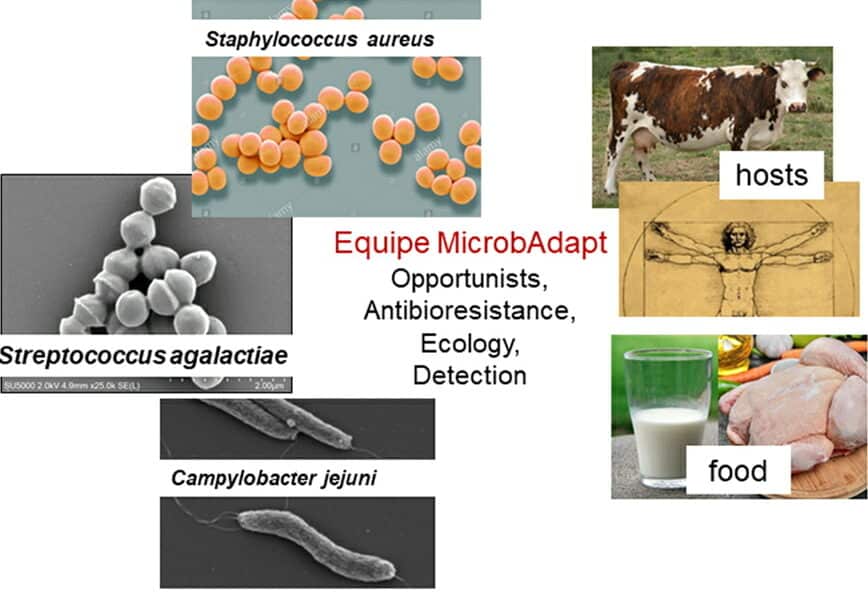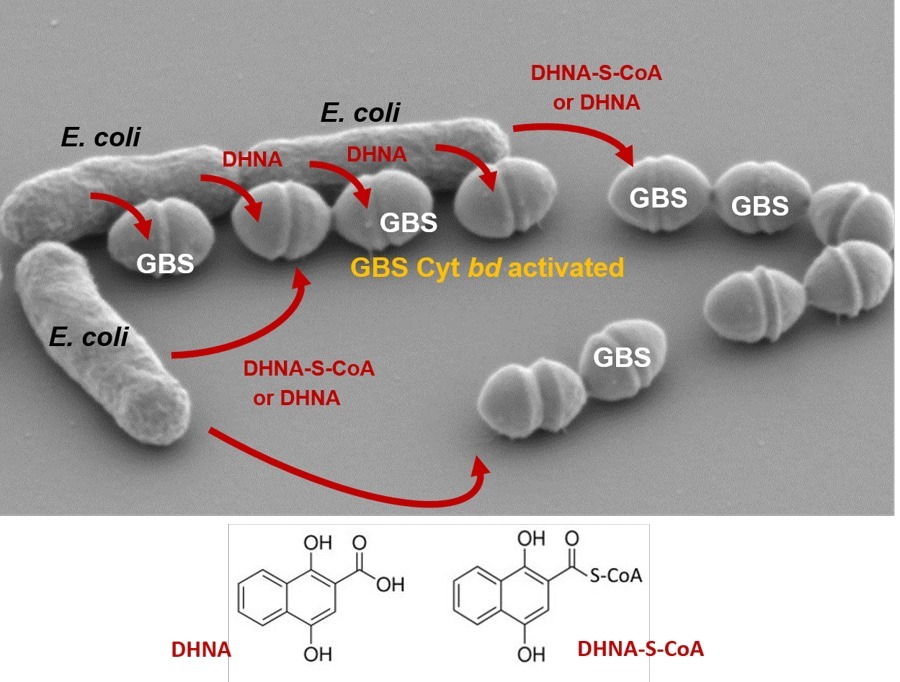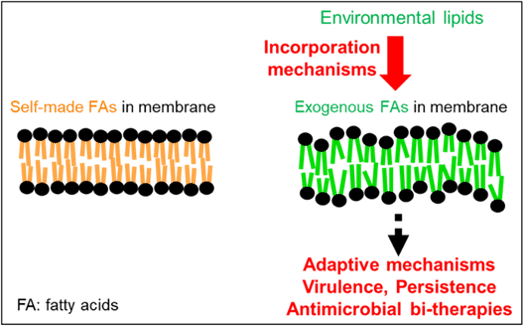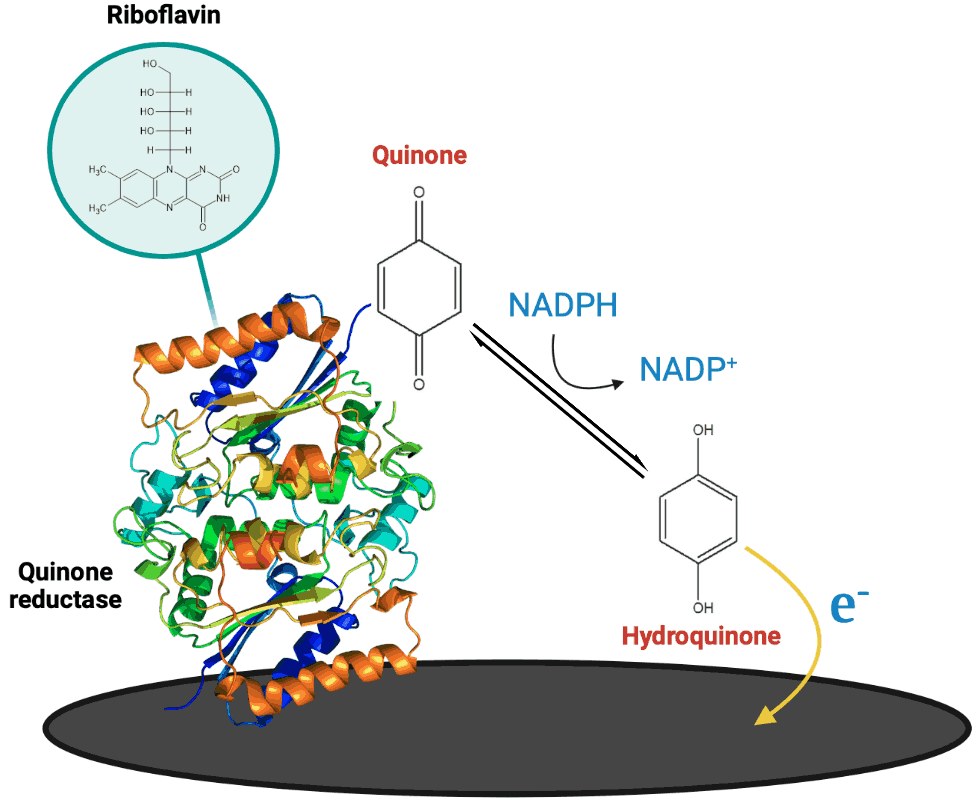- Zhou B, Pathania A, Pant D, Gaudu P, Trieu-Cuot P, Gruss A, Gloux K. Staphylococcus aureus prophages are gatekeepers of exogenous lipid utilization to control membrane flexibility and bacterial fitness. In revision J Lip Research. doi: 10.1101/2022.01.27.478126.
- Wongdontree P (PhD), A Millan-Oropeza, J Upfold, J-P Lavergne, D Halpern, C Lambert, A Page, G Kénanian, C Grangeasse, C Henry, A Fouet, K Gloux, J Anba-Mondoloni, Gruss A. Oxidative stress is intrinsic to staphylococcal adaptation to fatty acid synthesis antibiotics. iScience 2024 27(4):109505. doi: 10.1016/j.isci.2024.109505.
- Lambert C, d’Orfani A, Gaillard M, Zhang Q, Gloux K, Poyart C, Fouet A. 2023. Acyl-AcpB, a FabT corepressor in Streptococcus pyogenes. J Bacteriol. 205(10):e0027423. doi: 10.1128/jb.00274-23.
- Lambert C, Poullion T, Zhang Q, Schmitt A, Masse JM, Gloux K, Poyart C, Fouet A. 2023. A Streptococcus pyogenes DegV protein regulates the membrane lipid content and limits the formation of extracellular vesicles. PLoS One 18(4):e0284402. doi: 10.1371/journal.pone.0284402.
- Podunavac I, Kukkar M, Léguillier V (PhD), Rizzotto F (PhD), Pavlovic Z, Janjušević L, Costache V, Radonic V, Vidic J. Low-cost goldleaf electrode as a platform for Escherichia coli immuno detection. 2023. Talanta. 259:124557. doi: 10.1016/j.talanta.2023.124557.
- Franza T, Gaudu P. Quinones: more than electron shuttles. 2022. Res Microbiol. 173(6-7):103953. doi: 10.1016/j.resmic.2022.103953.
- Pathania A, Anba-Mondoloni J, Gominet M, Halpern D, Dairou J, Dupont L, Lamberet G, Trieu-Cuot P, Gloux K, Gruss Ac. (p)ppGpp/GTP and malonyl-CoA modulate Staphylococcus aureus adaptation to FASII antibiotics and provide a basis for synergistic bi-therapy. 2021. mBio. 12(1):e03193-20. doi: 10.1128/mBio.03193-20.
- Vizzini P, Manzano M, Farre C, Meylheuc T, Chaix C, Ramarao N, Vidic Jc. Highly sensitive detection of Campylobacter spp. In chicken meat using a silica nanoparticle enhanced dot blot DNA biosensor. 2021. Biosens Bioelectron. 171:112689. doi: 10.1016/j.bios.2020.112689.
- Franza T, Rogstam A, Thiyagarajan S, Sullivan MJ, Derré-Bobillot A, Bauer MC, Goh KGK, Da Cunha V, Glaser P, Logan DT, Ulett GC, von Wachenfeldt Cc, Gaudu Pc. NAD+ pool depletion as a signal for the Rex regulon involved in Streptococcus agalactiae virulence. 2021. PLoS Pathog. 17(8):e1009791. doi: 10.1371/journal.ppat.1009791.
- Lambert C, Gaillard M, Wongdontree P (PhD), Bachmann C, Hautcoeur A, Gloux K, Guilbert T, Méhats C, Prost B, Solgadi A, Abreu S, Andrieu M, Poyart C, Gruss A, Fouet A. The double-edged role of FASII regulator FabT in Streptococcus pyogenes infection. Nature Communications, accepted.
All the team publications are available in the MICROBADAPT-MICALIS HAL collection.


















